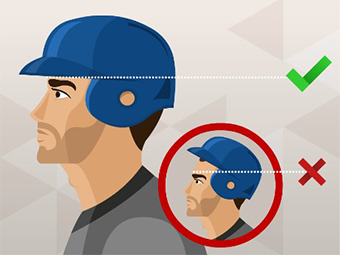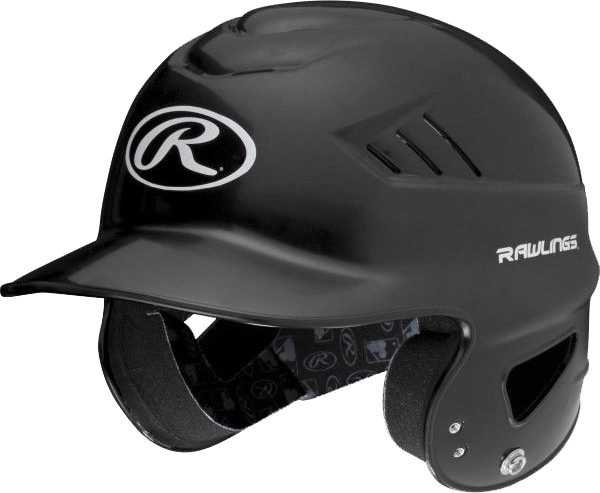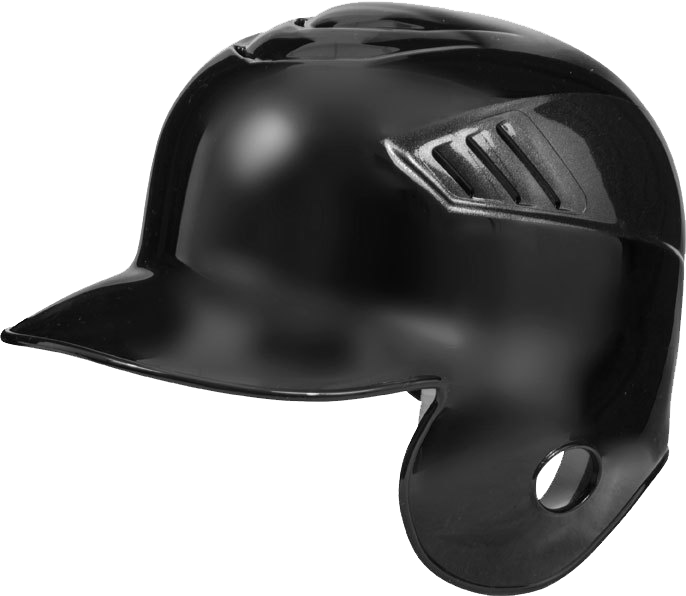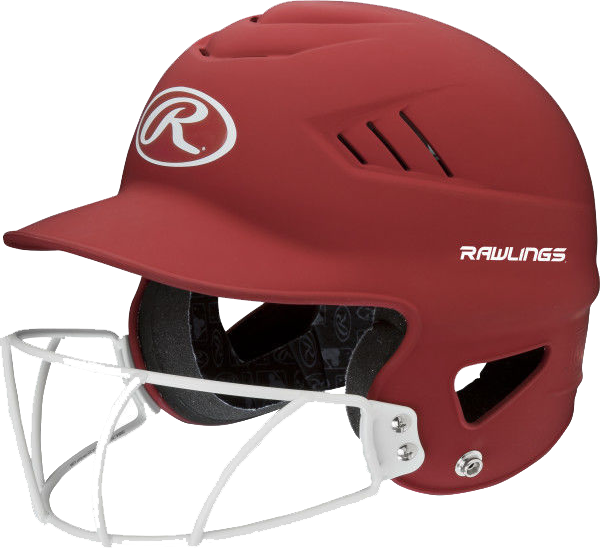If youre thinking about buying a new batting helmet, it's good to know what to look for. Because what makes a helmet better than another helmet? When reading this guide you'll learn more about the features of a baseball/softball batting helmet.
The batting helmet with the right fit and a durable construction will take away all the concerns but one, hitting the ball.
The main focus when stepping to the plate is hitting the ball beyond reach of the outfielders. When you are about to do this, everything just needs to feel right. Having a batting helmet that spins around on your head is not exactly something you are waiting for. This moves your focus over to your safety instead of the hit. You’ll start worrying more when you are facing a wild pitcher.
A batting helmet is so important that it is required in almost every baseball league across the world. And a well fitted batting helmet is even more important.
They are not just to provide safety to the player when batting, they are also providing protection when a player is standing on the on-deck circle. A batting helmet also comes in handy when a player is running the bases or sliding.
Thinking about why a batting helmet is so important is easier than actually choosing one for yourself. We are going to discuss some of the features of a batting helmet. Next to that we are going to talk about how to determine the right size to protect yourself as much as possible.
Features
First of all we are going to talk about the ear guards. These so called ear guards are c-flaps on both sides of the helmet that fully covers the ears of the batter. These guards provide protection at all times, so not just when they are on the plate. Your hearing will decrease with both of your ears covered but at least you’ll still have them after the game is done. On some helmets the c-flap is integrated, on the latest helmets the c-flaps are detachable so you can choose for you self if you want extra ear protection.
If both of these guards are not required in your league and you want to go for a single flap, make sure you cover your ear that faces the pitcher.
The second feature are faceguards. This depends on the manufacturer which helmets support a faceguard for extra safety. A disadvantage of these faceguards is that they can obstruct the vision of the batter while on the plate. When you decide you want a facemask in the end, make sure you buy one from the same manufacturer as your helmet.
The last feature is a chin strap. This provides even more protection to the player. When opting for a chinstrap, make sure to get one from the same manufacturer as well.
Maintenance
Batting helmets are made to give the batter a lot of protection against pitches that come flying in at +- 110 K/MH. It is only natural that a helmet wears down after a while. Something that speeds up this process is when a player throws it down in the dugout or onto the field. We know it looks cool but it doesn’t bring you anything. So be cooler and keep your helmet on a rack or on the bench until you’re on-deck.
You also want to protect your helmet from the sun. The sun causes the padding on the inside to harden and crack. Make sure to keep the helmet inside and inspect it every time before you are going to use it.
Sizing
A batting helmet size is not easy to determine. The manufacturers can use different measurements but are still around the same sizing. You should see the process of buying a batting helmet like when
you’re buying a hat. Find the right measurements of the circumference of your head and translate it to the closest size available. You can find the sizes in the chart below.
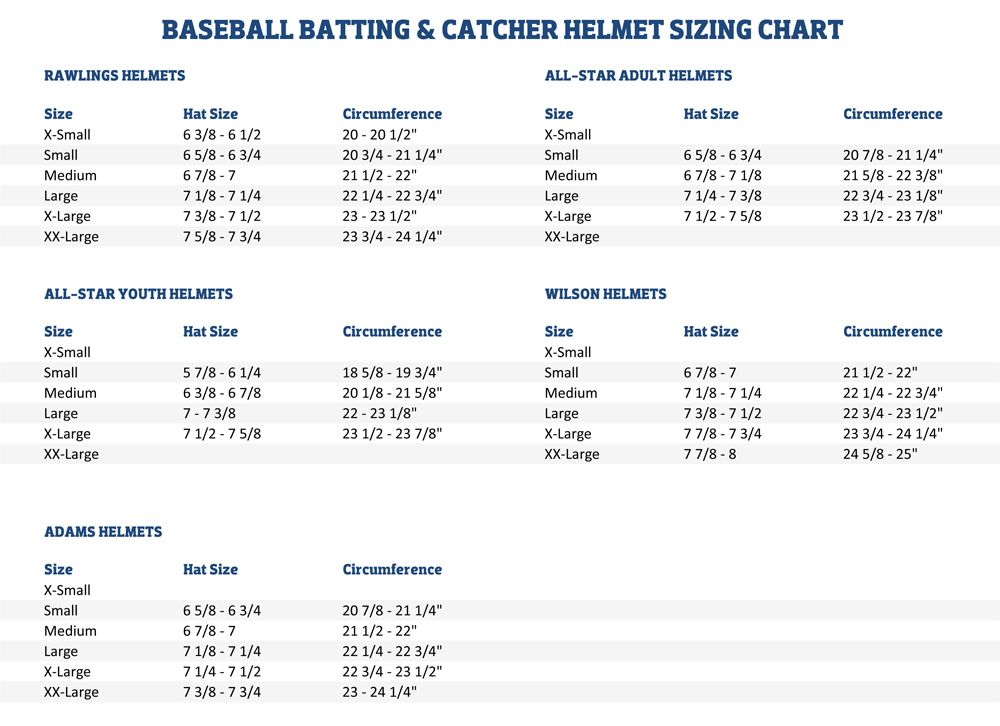
The right fit
To really find the perfect fit for your batting helmet, try out the shake test. Put the helmet on your head and shake it a couple times. If it moves around too much you should consider a smaller size or a padding kit to keep the helmet more in place and get a more comfortable fit.
Also make sure that the helmet is place an inch above your eyebrow, so 2.54 centimeter to be precise. Make sure it fits evenly on your head. When the helmet is tilted upwards you increase the risk of taking the ball against your forehead. The same risks are available when the helmet is tilted downwards and you can see the back of your head.
Please make sure you follow the guidelines regarding the batting helmets set by your local league. Also in 99 out of 100 cases a batting helmet is required before you are allowed to play. The main reason behind this is protection. Baseball is fun but also dangerous. Make sure you take the safety precautions very serious before walking on the diamond.
